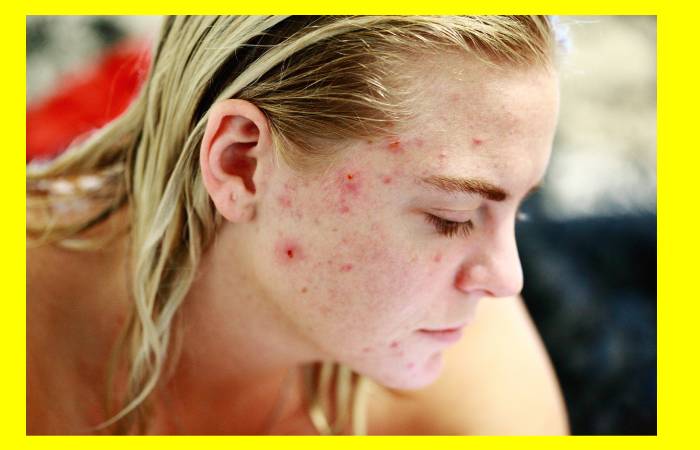About
Swimmers Itch Treatment Home Remedies – Swimmer’s itch occurs when you swim. Avoid by not swimming in “wild water”. And also walk in untreated water, like ponds and lakes. The parasites that live in the lake bury themselves in your skin, but they do not want to live there and so die. Unfortunately, the burying irritates, and this is the itch. Regular antihistamine creams should fix it.
Swimmer’s itch usually disappears on its own as the human body does not serve as a compatible host for the parasites responsible for the infection. Anti-itch creams relieve you of any discomfort from the rashes.
Swimmer’s itch is a rash usually affected by an allergic response to parasites that burrow on your skin while swimming or wading in warm water. It is also known as cercarial dermatitis. The Swimmer’s itch is most common in freshwater lakes and ponds, but it rarely occurs in salt water.
What Are The Of Causes Swimmers Itch?

The primary cause is a parasite called schistosome. These parasites live in the blood of waterfowl and certain mammals. Some animals that carry schistosomes are geese, gulls, ducks, beavers, and muskrats. These animals infect water bodies with these parasites when they excrete them as schistosome eggs in their feces. Before infecting birds or other animals, these parasites must first hatch and live in a type of snail. So, the swimmer’s itch is more common among persons who spend a lot of time in shallow waters. You do not have to worry about contracting a swimmer’s itch from an infected person as it is not a contagious infection (among people).
Seek medical attention if you notice a rash that lasts more than three days, especially if it has pus coming out of it. You can schedule an appointment with a dermatologist if needed.
How to prevent Swimmers Itch?
Choose Your Swimming Spot: Do not swim in water bodies where several swimmer’s itch cases have got reported. Stay away from areas you suspect are infested, especially if they are shallow waters and have many snails. Swimming in swimming pools is safe as they are purified and cleaned.
Avoid The Shoreline: If the sea or ocean is not too rough and you can swim in deep waters, choose to do so. Snails tend to dwell more along the shores, so swimming in deep waters can keep you safe from swimmer’s itch.
Rinse After Swimming: Regardless of whether you swim in public pools, water bodies, or private swimming pools, wash with water after every swim. Wipe off with a clean towel and keep yourself dry. Wash your bathing suit as well.
Apply Waterproof Sunblock: Wearing waterproof sunscreen before jumping in for a swim can protect your skin from damaging UV rays and parasites that cause swimmers’ itch.
How Long Does It Take For A Swimmer’s Itch To Go Away?
Swimmer’s itch is a rash caused when parasites get below your skin when you swim in freshwater and sometimes salt water. Swimmers Itch Treatment Home Remedies – You cannot get swimmers’ itch from swimming pools treated with chlorine. However, you can have adverse reactions to an improper ph balanced collection or prolonged exposure to chlorinated water without proper self-hygiene.
Depending on the severity of the reaction (variable from person to person), a swimmer’s itch lasts about a week.
Basic Home Remedies
- Don’t scratch.
- Cover affected areas with a clean, wet washcloth.
- Soak in a bath sprinkled with Epsom salts, baking soda, or oatmeal.
- Make sticky stuff of baking soda and water, then apply it to affected areas.
- Apply a medicated cream to soothe the itch and inflammation.
Conclusion
Itch is a prevalent problem these days. It is caused due to excessive sweating or exposure to some allergic substance. There are many more such remedies. Above are some of the home remedies that you can get benefited

